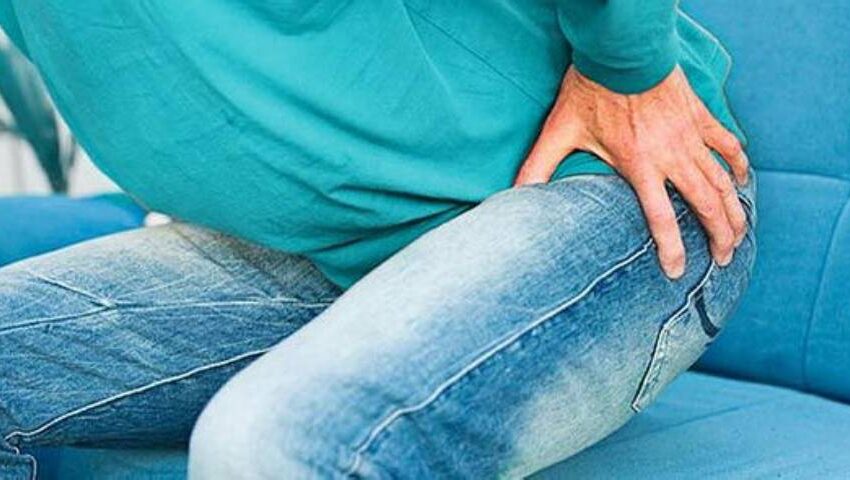
- 23/02/2021
- Dr. Samrat Jankar
- 0 Comments
- Best Piles Doctor in Pune, Blog
Symptoms, treatment & diagnosis for Hemorrhoids or ‘Piles’
What are haemorrhoids?
Hemorrhoids or piles are swollen veins in the anal canal. This common problem can be painful, but it’s usually not serious. Veins can swell inside the anal canal to form internal hemorrhoids. Or they can swell near the opening of the anus to form external hemorrhoids. You can have both types at the same time. The symptoms and treatment depend on which type you have.
They happen when there is a weakness in the side of the anal canal that leads to thickening of the lining and then veins can enlarge within hemorrhoid, causing symptoms such as bleeding, pain, and discomfort.
What causes hemorrhoids?
Too much pressure on the veins in the pelvic and rectal area causes hemorrhoids. Hemorrhoids are usually caused by constipation (having hard bowel motions that are difficult to pass). Constipation causes you to strain when you go to the toilet. This puts pressure on the blood vessels in the anus, making them swell.
Normally, tissue inside the anus fills with blood to help control bowel movements. If you strain or sit on the toilet a long time to move stool, the increased pressure causes the veins in this tissue to swell and stretch. This can cause hemorrhoids.
Pregnant women can get hemorrhoids during the last 6 months of pregnancy. This is because of increased pressure on the blood vessels in the pelvic area. Also, constipation is quite common in pregnancy
What are the symptoms?
The most common symptoms of both internal and external hemorrhoids include:
- Bleeding during bowel movements. You might see streaks of bright red blood after you strain to have a bowel movement.
- Itching.
- Rectal pain. It may be painful to clean the anal area.
- Swelling in the anal area
How are hemorrhoids diagnosed?
- Diagnosis of hemorrhoids usually involves an examination of the anal passage to look for any swollen blood vessels. Your doctor may conduct one of the following tests.
- Digital rectal examination, where your doctor puts on gloves and places a lubricated finger inside the back passage to gently feel for any abnormalities. This is likely to be uncomfortable but will probably not be painful.
- Proctoscopy, where your doctor examines the inside of the rectum using a proctoscope (a hollow tube with a tiny light at the end) to look for any swelling or other symptoms. Again, this may be uncomfortable but will probably not be painful.
- Rectal bleeding can be a sign of a more serious problem, such as colon, rectal, or anal cancer. So if the first exam does not show a clear cause of your problems, your doctor may use a lighted scope to look at the lower third of your colon. Or your doctor may use another kind of scope colonoscope to look at the entire colon to check for other causes of bleeding.
How can it be treated?
- You can try home remedies. This includes adding fiber to your meals, drinking more water, and using over-the-counter ointments for a limited time to stop itching.
- You may also use stool softeners. Healthy habits can help you prevent hemorrhoids or keep them from getting worse.
- If these things don’t help and if the problem still persists then it’s best to visit a proctologist.
- Another way to treat hemorrhoids or piles would be medicated creams, ointments, and suppositories (solid medicines designed to be inserted into the anus). If this doesn’t help then a surgical procedure may be needed.
Dr. Samrat Jankar, one of the best gastroenterologist in Pune, also specializes in Laser Proctology. He can perform advanced laser surgeries to treat hemorrhoids or piles which cause less pain and quick recovery.
